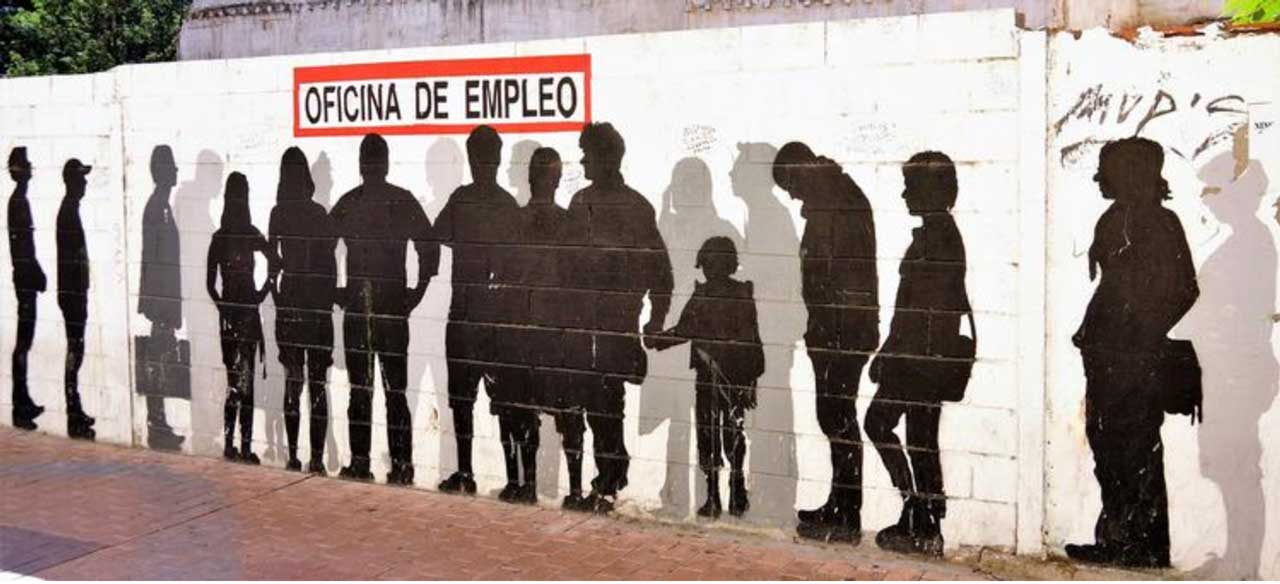Queue times at the external borders of the European Union may increase once the entry/exit system – EES – comes into full force in May 2023. This is warned by a collection of comments published by the General Secretariat of the Council of the EU.
The leadership of the European Union predicts that the time of border control at the external borders of the EU will increase due to the procedures that each traveler will have to go through for his data to be stored in the EES.
“It is expected that the control time for passengers will increase significantly with the introduction of EES,” the German authorities say, adding that at some airports in the country it will be necessary to increase the capacity for border checks, in particular during peak dates. Austrian officials also think so. In their opinion, the waiting time at the borders will be twice as long as it is now.
“Additional tasks arising from the EES regulation will lead to a sharp increase in processing time. We expect it to double from the current situation. This will also affect queues at border crossings at Austria’s six international airports,” they say.
In addition, once the EES comes into force, border control itself will become more difficult, as border officials will have to distinguish between travelers who do not hold visas and those who are subject to visa checks. According to the calculations of the Polish authorities, the time for passing the border control by one passenger will increase by 30 seconds to two minutes, unless additional steps are required, such as identity verification.
Meanwhile, the Slovenian authorities say the new process, which includes border control, registration, and verification will take four times as long as the current procedures.
“Because the capacity of the existing infrastructure cannot be changed physically and, on top of that, it is not funded by the EU, waiting times will inevitably increase,” they argue.
Most Member States, however, have confirmed that they are already working on automating border controls. Italy, for example, plans to install about 600 self-service counters at airports across the country.
The EES entry/exit system is a new scheme created by the EU and will serve to record the entry and exit data of third-country nationals crossing the external borders of EU member states.

